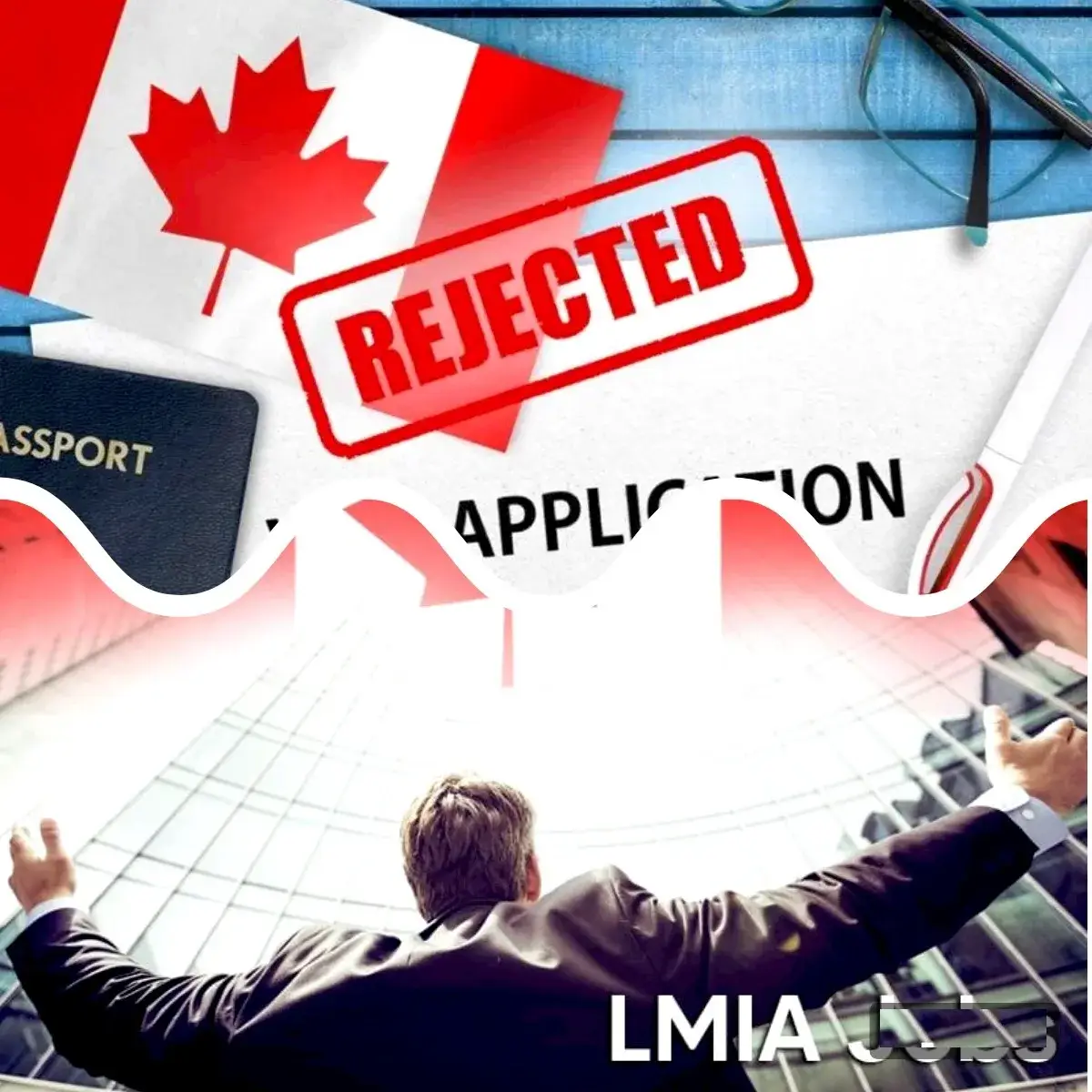The Hidden Factors Behind Trump’s Mass Deportation Policies

Donald Trump’s presidency was marked by sweeping immigration policies, including a significant increase in deportations. Publicly, these actions were justified by the administration as efforts to uphold the rule of law, enhance national security, and protect American jobs. However, several less-discussed factors reveal deeper motivations and strategies behind the mass deportations.
Mobilizing a Political Base
One key driver of Trump’s immigration policies was political strategy. By taking a hardline stance on deportations, the administration energized a core segment of Trump’s supporters who prioritized stricter immigration enforcement. This approach bolstered his populist image as a defender of “law and order” and someone committed to putting “America First.”
Broadening Enforcement Targets
Previous administrations often prioritized deporting individuals with serious criminal records. Trump’s administration, however, expanded the criteria to include anyone violating immigration laws, including those without criminal histories. This broadened scope dramatically increased the number of people eligible for deportation.
Economic and Workforce Narratives
A common justification for mass deportations was the claim that undocumented immigrants were taking jobs or lowering wages for American workers. While the economic impact of immigration remains a topic of debate, this narrative served as a convenient rationale to justify stricter enforcement.
Empowering Immigration Agencies
Under Trump, agencies like Immigration and Customs Enforcement (ICE) and Border Patrol were given increased autonomy and fewer restrictions. This allowed for more aggressive enforcement and higher deportation numbers, reflecting not only Trump’s policies but also the institutional ambitions of these agencies.
The Role of Crime Narratives
The administration often linked undocumented immigrants to crime, despite research showing that immigrants generally commit fewer crimes than native-born citizens. This portrayal amplified fear and helped justify stricter immigration policies to the public.
Cultural and Demographic Anxiety
Some analysts point to underlying cultural concerns as a factor in Trump’s immigration agenda. The prospect of a more diverse and multicultural America may have fueled efforts to reduce both legal and illegal immigration.
Broader Policy Goals
Deportations were also tied to foreign policy tactics. Threats to withhold aid from countries that refused to accept deported nationals exemplified how immigration policies intersected with international negotiations.
Trump’s mass deportation policies were more than just enforcement measures. They reflected a broader ideological framework and political strategy, blending public narratives with deeper, often unspoken, motivations to reshape the nation’s immigration system.



